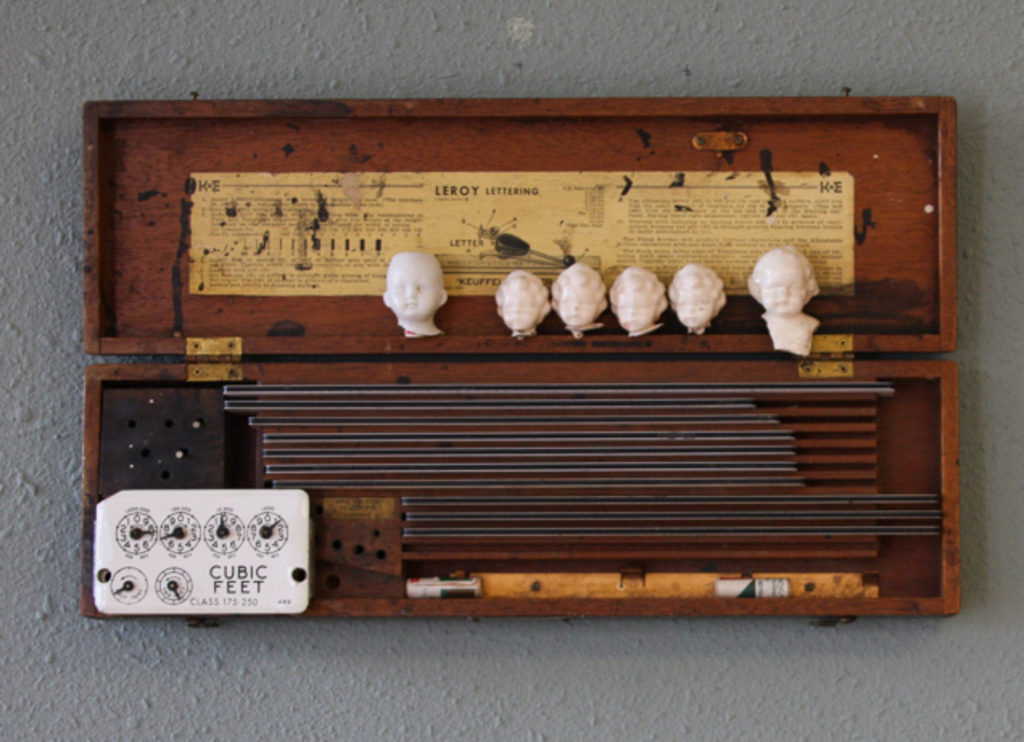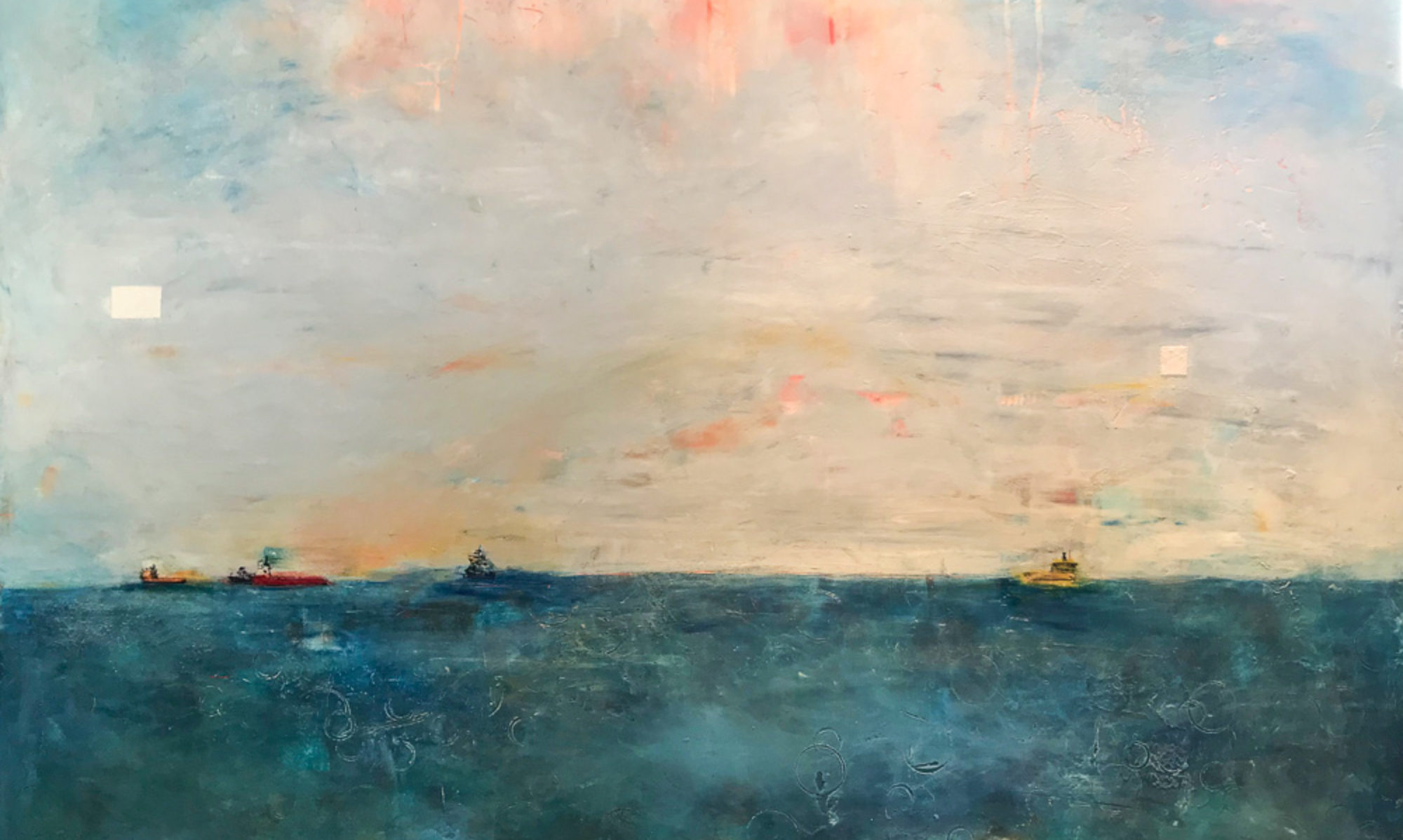 Intimacy with dear things: that’s how a friend described my art today, but in thinking about that as I was exploring how to write my art narrative and bio, I realized this applies not only to my art but my life. I see everything around me as art — things that feed my creative process. I live in a soup of art inspiration swimming all around me. The things in my home, the items that are close in to me, are particularly important and within the realm of my control.
Intimacy with dear things: that’s how a friend described my art today, but in thinking about that as I was exploring how to write my art narrative and bio, I realized this applies not only to my art but my life. I see everything around me as art — things that feed my creative process. I live in a soup of art inspiration swimming all around me. The things in my home, the items that are close in to me, are particularly important and within the realm of my control.
I especially like:
Buttons.
Bowls.
Boxes.
Books.
Bits of fabrics, especially old and worn and torn.
I’m also a sucker for images, especially certain photographs. Photographs and images have a way of pushing back the immediacy of life just a bit, giving me space to reflect and approach the subject on my own terms and deal with what that image means to me.
Looking around my home, I am realizing I have LOTS of things, mostly in display cabinets, and on mantles and dressers and around in my yard. I also have things in drawers, closets and cupboards – but then most of us do. That is the purpose of those storage spaces, after all.
I’m thinking about how I define myself as an artist and it keeps coming back to “things.” Things I want to keep, hold, protect and preserve. In thinking about this in terms of the psychology of these feelings, it strikes me as being dangerously similar how hoarders feel about their “stuff.” That’s not particularly comforting.
A book I read – Compulsive Hoarding and The Meaning of Things – helps me understand that my attachment to my things is not necessarily hoarding. That in-depth review has collecting cross-over to hoarding when it starts to negatively impact one’s life or the lives of those around them. I don’t think my house in any way negatively impacts me or others. In fact, mostly people love visiting my home and delight in looking at my “treasures.” But then I think that could be the first problem – one’s inability to admit they even have a problem!
In a more healthy approach, I propose to explore my relationship to my “stuff” by grading it according to the following two categories.
I will be going around my house, putting labels on each item. I will stick to just one label, or at most, two, because indecision is also the achilles heel of the hoarder.
CATEGORY I (Rate 1 to 5 with 5 being most positive)
A – I value the experience of I had when I purchased or acquired this item.
B – This item has sentimental/family value or is an heirloom; I remember when…
C – It is my job to protect this item’s history and provenance by keeping it in my mini-museum.
D – This item has monetary value.
E – I might use it one day. (This will probably apply mainly to food and art/sewing materials.)
CATEGORY II
I possess this, therefore I am (more) important.
Someone gave this item to me and I don’t want to hurt their feelings by discarding it or this item would be hurt by me discarding it.
I can’t remember how or why I have this item/possibly a spur of the moment home decor decision.
GUIDELINES FOR ME MOVING ITEMS ALONG TO THEIR NEXT “HOME”
Items that make Category I with a score of 3 or higher will probably survive and be kept; I can ditch the rest without fear of losing the memories.
I may choose to take photos of the items I get rid of in the top four and would seek to find someone who can use them or treasure them as much as I have.
Donate to a known person
Sell at a yard sale
Give away to stranger
Discard in trash

Moving items along – I have found that if they were important to me in their physical being I can recreate them, mentally releasing all the rest of the scene/emotion/wonder/joy that the “real” item did. Visual acuity is a habit that all should develop – if it does not come naturally. This enables one to relive large portions of their life at will.